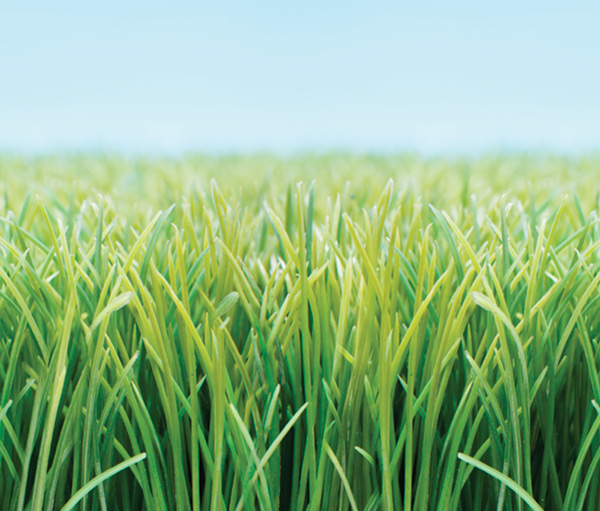If you neglected to fertilize last fall, here’s what to do Spring lawn care

By Dan Burns
OSU Ext. master gardener volunteer
Early spring is when most gardeners think about the best way to help a winter-weary lawn recover and prepare for summer’s heat. If your lawn was the first on the block to green up, you probably know that the best time to fertilize was last fall. If your lawn is running behind, don’t worry — a little nitrogen (less than º pound of actual N per 1,000 ft2) applied in April or May will help those lawns that didn’t get fed last fall.
Using too much fertilizer is wasteful and costly. The only sure way to know what nutrients your lawn needs is a soil test. Most tests show that additional phosphorus is not needed. Using phosphorus wisely and efficiently reduces the phosphorus load in our lakes and streams and saves you money. So, do your part for our environment and your wallet.
After things have greened up and the lawn has been mowed a few times, it will be time to look for broad-leaf weeds. It’s hard to miss the yellow-flowered dandelions that indicate weeds are taking over the lawn.
The goal should be to use a broadleaf herbicide until weeds are reduced to about 10 percent, then just spot treat individual weeds. Liquid herbicides lead to more effective weed control. Glandular products are more convenient, but must be applied when the grass is wet so that the pellets stick to the wet blades. An organic alternative is to keep the lawn healthy, fill in bare spots and keep the lawn cut at 3 inches high to help the healthy grass suppress the broadleaf weeds themselves.
If you noticed crabgrass last year, it is sure to be a problem this year. This major summer weed is actually controlled in spring. To chemically control crabgrass, the recommended method is pre-emergence herbicides applied in the spring. These herbicides work on germinating seeds in the soil, disrupting key enzymes and the seeds never germinate. We have learned through the science of phenology that the best time to apply pre-emergence herbicide is when the golden flowers of the forsythia are beginning to wilt. The good news is that these herbicides stick around in the soil for a while, so if your timing is off a little they will still work. Be sure to read the label and follow directions exactly.
Implementing a good lawn-care strategy early in the spring will let you sit back, have a cold beverage and enjoy your lawn when the hot summer weather arrives.
This fact sheet will help you plan your lawn care for spring and throughout the year: http://go.osu.edu/springlawn.
For great options for controlling weeds and trying to minimize your use of pesticides, go to: http://go.osu.edu/organiclawn.
 43
43

